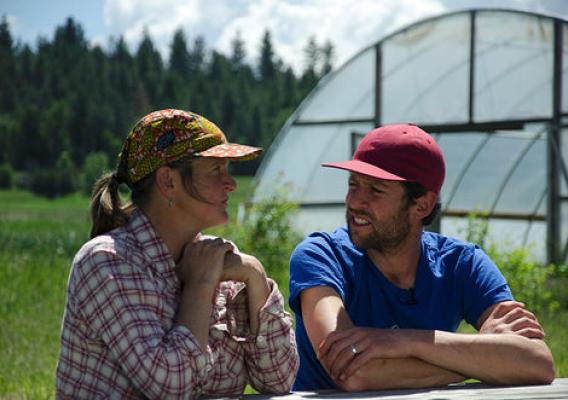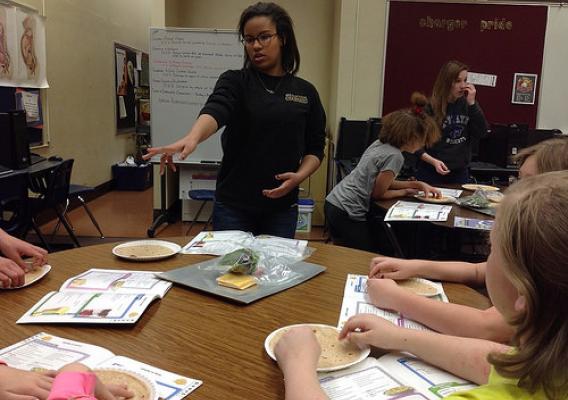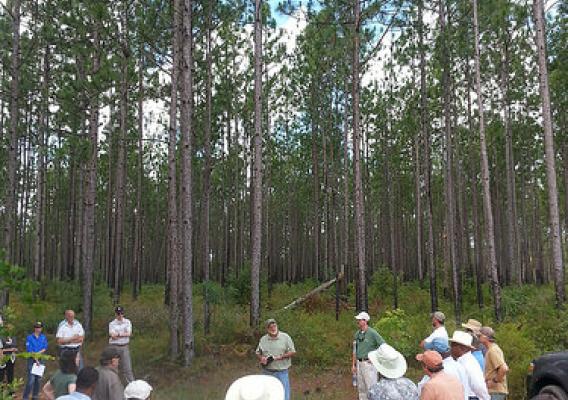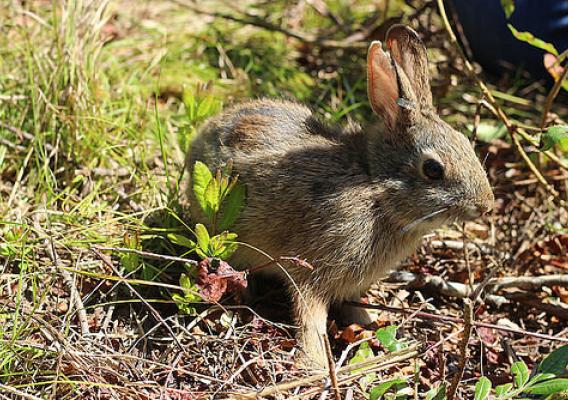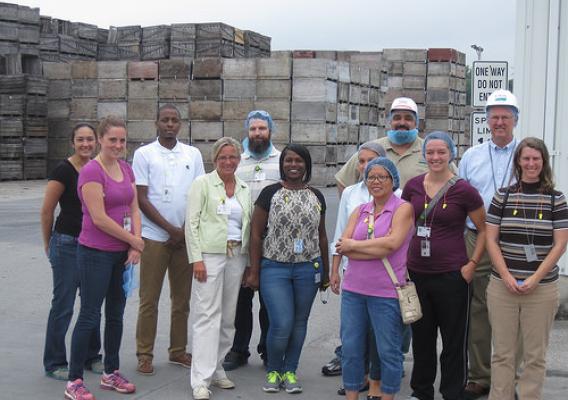The Conservation Fund helps conserve and restore our American landscape, including wild areas, popular parks, working forests and more. A partner in conservation, The Conservation Fund received a $5 million grant from the Regional Conservation Partnership Program (RCPP) for the Coastal Headwaters Forest project. RCPP, administered by USDA’s Natural Resources Conservation Service, is a new program created by the U.S. Congress through the enactment of the 2014 Farm Bill. Its goal is to provide landscape-scale conservation assistance and significantly leverage partnerships and non-federal funding. The grants will be used to protect a portion of the 205,000-acre Coastal Headwaters Forest under a conservation easement during the first phase of this multi-year project. – Ciji Taylor, NRCS
Guest blog written by Ann Simonelli of The Conservation Fund
Unprecedented in size and scope, the 205,000-acre Coastal Headwaters Forest project is the largest single longleaf pine protection and restoration effort ever proposed on private lands.





